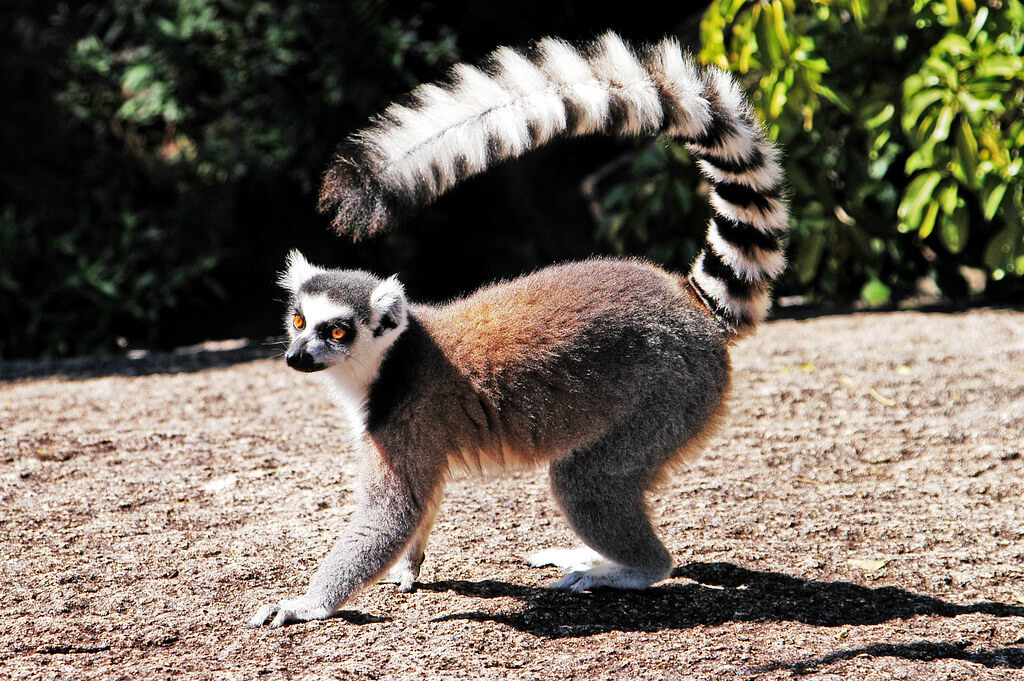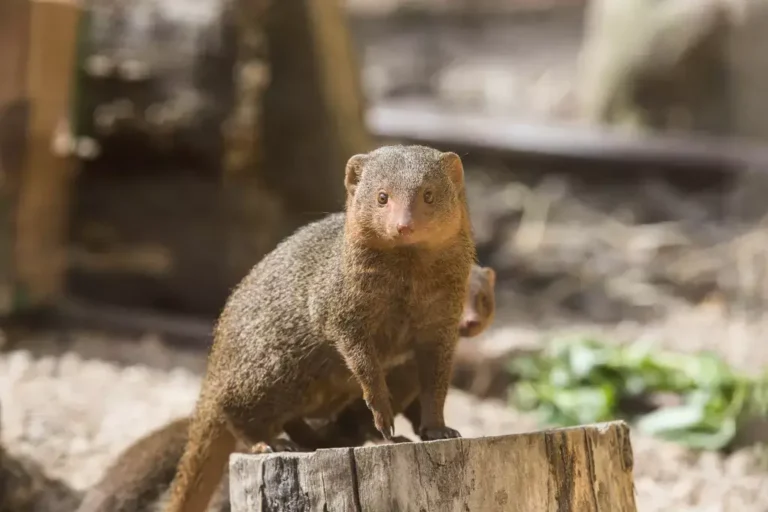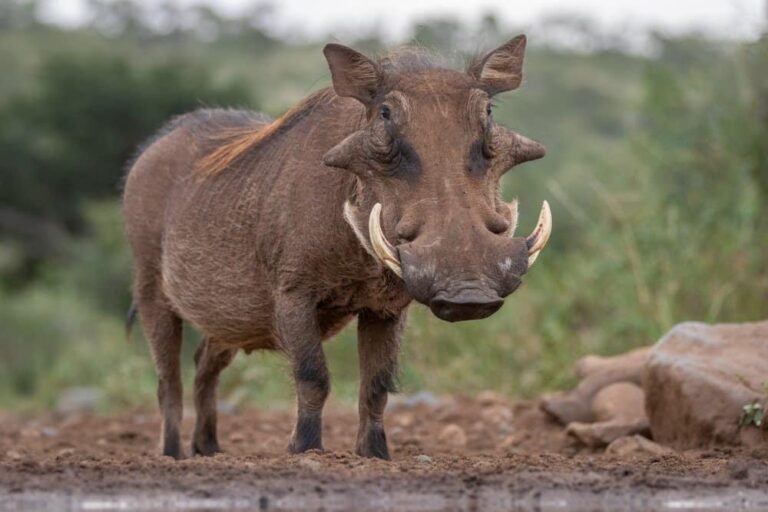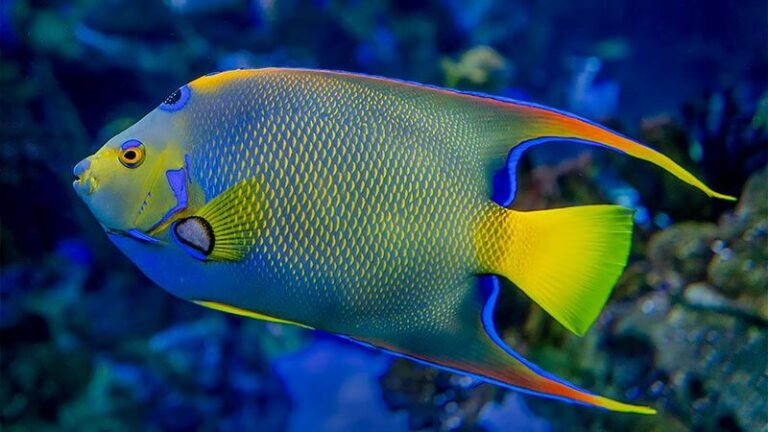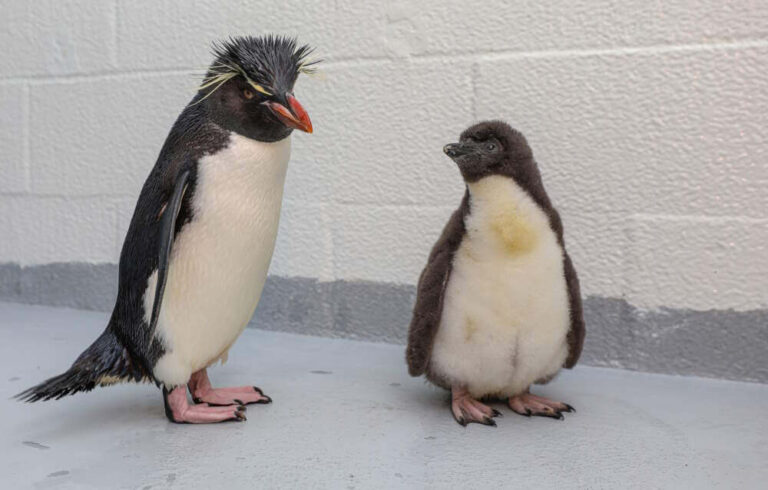Lemur: Comprehensive Guide to Species, Behavior, and Conservation
Lemurs are unique and fascinating primates found primarily in Madagascar. Their diverse species, intriguing behaviors, and critical role in the ecosystem make them a subject of global interest. This article will cover their scientific classification, physical characteristics, habitat, behavior, diet, reproduction, predators, conservation status, etc.
Contents
Scientific Classification
- Kingdom: Animalia
- Phylum: Chordata
- Class: Mammalia
- Order: Primates
- Suborder: Strepsirrhini
- Infraorder: Lemuriformes
- Family: Lemuridae
Lemurs belong to the suborder Strepsirrhini, which includes many nocturnal primates like lorises and galagos. Within this group, lemurs are part of the Lemuridae family, a diverse species endemic to Madagascar.
Physical Characteristics

Lemurs exhibit a wide range of physical traits depending on the species, but they generally share standard features that set them apart from other primates:
- Size: Lemurs vary significantly, from the tiny mouse lemur (weighing just 30 grams) to the enormous indri lemur, which can weigh up to 7 kilograms.
- Tail: Most species possess long, bushy tails for balance and communication. The ring-tailed lemur’s tail is particularly notable for its black and white rings.
- Eyes: Lemurs have large, forward-facing eyes adapted for nocturnal vision, although some species are diurnal.
- Fur: Their fur is usually soft and varies from gray to brown, with distinctive patterns like stripes or spots depending on the species.
Habitat and Distribution
Lemurs are found exclusively in Madagascar and the nearby Comoros Islands. Madagascar’s isolation has allowed lemurs to evolve into diverse species, filling various ecological niches. Lemurs inhabit multiple environments, from rainforests to dry deciduous forests and even spiny desert regions.
- Rainforest lemurs: Species like the red ruffed lemur thrive in the lush rainforests of eastern Madagascar.
- Dry forest lemurs: The ring-tailed lemur is adapted to southern Madagascar’s dry forests and scrublands.
Behavior

Lemur behavior varies significantly among species, but several vital traits are shared across the group:
- Social Structure: Many lemurs live in social groups, with species like the ring-tailed lemurs forming troops of up to 30 individuals. Female dominance is expected, which is rare among primates.
- Communication: Lemurs use vocalizations, body language, and scent-marking to communicate. The ring-tailed lemur’s loud calls help maintain group cohesion, while its tail-waving behavior signals territory.
- Activity Patterns: Some lemurs, like the mouse lemur, are nocturnal, while others, like the diurnal ring-tailed lemur, are active during the day.
Diet
Lemurs have adapted to various diets depending on their habitat and species. Most lemurs are omnivorous, eating a combination of fruits, leaves, insects, and small animals.
- Frugivores: Species like the red ruffed lemur primarily eat fruit and play an essential role in seed dispersal.
- Folivores: The indri and sifaka lemurs feed mainly on leaves.
- Insectivores: Smaller species, such as mouse lemurs, supplement their diet with insects and small vertebrates.
Reproduction
Lemur reproduction is generally seasonal, timed to ensure that offspring are born during periods of food abundance. Mating seasons and gestation periods differ among species:
- Breeding Season: Most lemurs breed once a year, with females often having a short fertility window.
- Gestation: Depending on the species, gestation periods range from 60 to 135 days. The ring-tailed lemur, for example, has a gestation period of about 134 days.
- Offspring: Lemur mothers usually give birth to one or two offspring. Infants cling to their mother’s fur for the first few weeks of life and are gradually weaned as they grow.
Predators and Threats
Lemurs face several natural predators, but their greatest threats come from human activity.
- Natural Predators: Native predators include the fossa, a carnivorous mammal, and birds of prey like hawks and eagles.
- Human Threats: Habitat destruction, poaching, and the illegal pet trade are significant dangers for lemurs. Slash-and-burn agriculture has severely reduced Madagascar’s forests, threatening lemur populations.
Conservation Status
Lemurs are among the most endangered primates in the world. Over 90% of lemur species are threatened with extinction, and habitat loss is the primary cause. The IUCN (International Union for Conservation of Nature) lists many lemur species as endangered or critically endangered.
- Conservation Efforts: Several conservation organizations, both local and international, are working to protect lemurs and their habitats. Protected areas and national parks in Madagascar, such as Ranomafana National Park, are critical to lemur conservation efforts.
Interesting Facts
- Evolutionary History: Lemurs evolved independently on Madagascar after the island split from the African continent around 88 million years ago. This isolation allowed them to diversify without competition from other primates.
- Nocturnal Adaptations: Many lemurs have a reflective layer behind their retinas, known as the tapetum lucidum, which enhances their night vision.
- Female Dominance: In many lemur species, females dominate males, controlling access to food and mates.
Relationship with Humans
Lemurs have long been a part of Malagasy culture. They are featured in local folklore and are often revered or feared as spirits. Unfortunately, the pressures of human encroachment have devastated their populations.
- Ecotourism: In recent years, ecotourism has become a vital tool for lemur conservation, providing an economic incentive to protect habitats. Tourists visit Madagascar to observe lemurs in their natural environments, bringing much-needed revenue to the island.
Conclusion
Lemurs are extraordinary creatures in terms of their biological diversity and ecological importance. Their unique evolutionary history, remarkable behaviors, and critical role in the ecosystems of Madagascar make them a symbol of biodiversity. However, they are also among the world’s most endangered species, facing severe threats from habitat destruction and human activity. Conservation efforts are essential to ensure that lemurs continue to thrive and remain an iconic part of Madagascar’s natural heritage.
- Are Rottweilers Good With Kids? Reasons & Training Tips - 17 September 2025
- How Long Are Dogs Pregnant: Complete Guide - 16 September 2025
- German Shepherd Doberman Mix: Info, Pictures, Care & More - 11 September 2025

